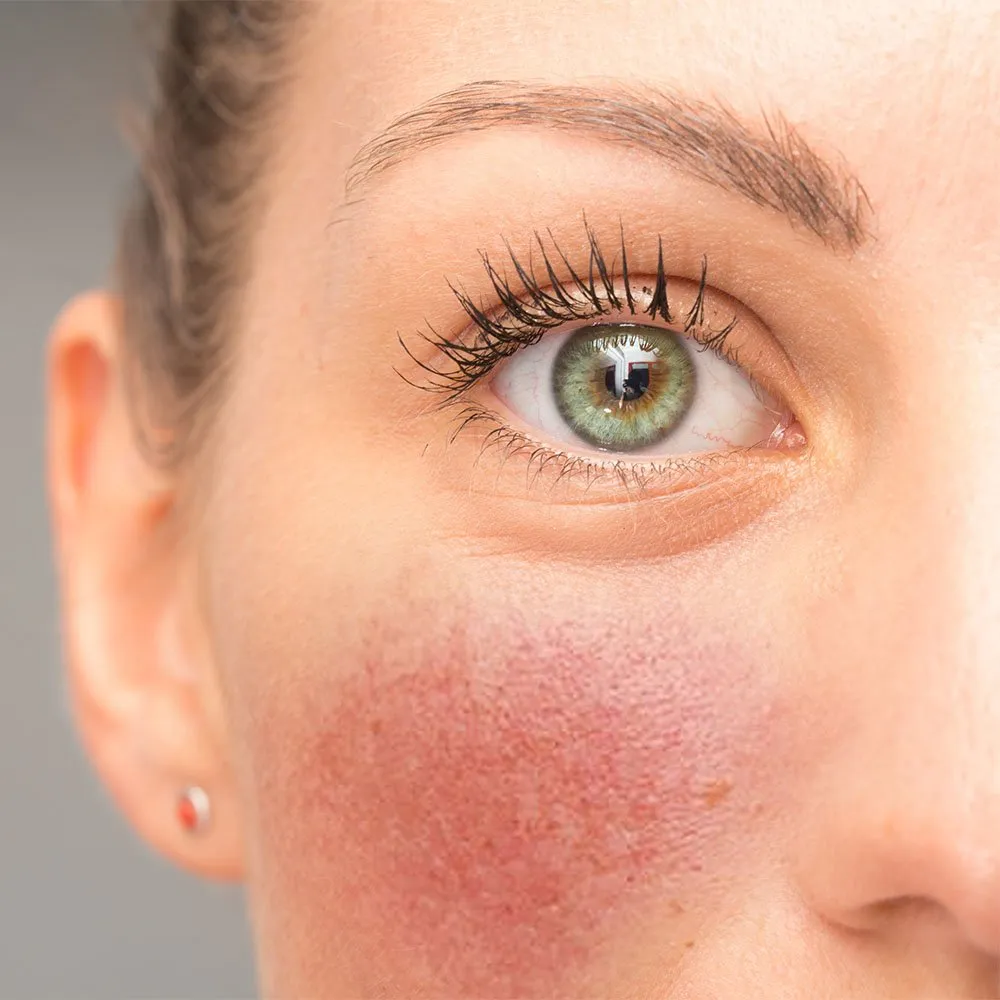Within the current world, where initial impressions often count, the quest of flawless skin has become increasingly common nowadays. While people look for methods to rejuvenate their look and boost their confidence, advancements in medical technology have made remarkable therapies accessible. Among these developments, laser resurfacing stands out as a potent technique to alter skin, addressing multiple concerns such as fine lines, wrinkles, uneven texture, and even scarring.
Laser skin resurfacing employs focused beams of light to promote skin renewal and enhance overall skin tone. This state-of-the-art treatment can assist individuals of all skin types achieve smoother, healthier, and more youthful-looking skin. Regardless of whether you're dealing with sun damage, acne scars, or signs of aging, grasping how laser technology can work for you may be the first step toward revealing your best skin so far.
What is Laser Resurfacing?
This procedure is a aesthetic procedure that uses concentrated light beams to enhance skin texture, tone, and look. By focusing on the outer layers of the skin, this technique boosts collagen production and promotes the growth of new, healthier skin cells. It is commonly used to address various skin concerns such as fine lines, hyperpigmentation, and acne scars, making it a popular choice option for those seeking rejuvenation and a more radiant complexion.
There are two main types of laser resurfacing : ablative lasers and non-ablative. Ablative lasers eliminate the outer layer of skin, which allows for rapid healing and significant improvements in skin texture. Non-ablative lasers, on the contrary, penetrate deeper layers without affecting the surface, resulting in less downtime while still providing successful results. The choice of laser type is determined by the specific skin issue being addressed and individual skin types.
Patients considering laser resurfacing should consult with a qualified dermatologist or cosmetic surgeon to determine the best approach for their needs. The procedure typically involves a thorough assessment of the skin, followed by a tailored treatment plan is developed. As with any cosmetic procedure, understanding the benefits, risks, and expected outcomes is essential for reaching desired results.
Advantages of Laser-Based Skin Therapy
Laser resurfacing offers a number of benefits that can significantly enhance the look and condition of your complexion. One of the primary benefits is its ability to reduce fine lines and aging signs. The treatment stimulates collagen production in the skin, leading to a more youthful and glowing complexion. This treatment actively targets the signs of aging, allowing patients to achieve smoother complexion and a more even tone.
In addition to fine line reduction, laser skin treatment can effectively reduce blemishes from acne or other dermal injuries. By eliminating the damaged outer layers of skin, lasers promote the healing of better skin beneath. This method helps to diminish scars and imperfections, making it an ideal option for those seeking fresher skin. Many patients report significant improvement in their skin texture and a significant boost in self-confidence after receiving this treatment.
Additionally, laser resurfacing is a targeted procedure that allows for tailored treatments specific to personal skin concerns. Whether addressing UV damage, uneven skin tone, or enlarged open pores, lasers can be fine-tuned to accommodate various skin types and issues. This versatility not only enhances aesthetic results but also ensures a more comfortable and efficient treatment experience for each client.
Post-Treatment Instructions & Expectations
Following getting laser treatment for skin resurfacing, it is essential to stick to proper aftercare to guarantee maximum recovery as well as outcomes. In the first days following your procedure, your skin may appear inflamed and swollen, similar to a gentle burn from the sun. It is essential to ensure the treated area clean and moisturized. Gently wash your skin with a soft washing solution and use soothing, hydrating creams per your dermatologist's advice. Avoid putting your skin to UV rays, as it is particularly sensitive during the healing process. Applying a broad-spectrum sunscreen every day is vital to shield your skin as it heals.

As your skin starts to recover, you might go through peeling and peeling, which is a natural part of the rehabilitation process. It is important not to remove or peel off any wounds, as this can lead to scarring or inflammatory issues. Instead, allow the skin shed naturally. During this period, you should also avoid strenuous exercise, hot showers, and any products containing harsh chemicals or scents that could affect your skin. Staying hydrated and feeding your body will aid in the rehabilitation process.
Typically, enhancement in your skin's condition will become noticeable within a few weeks, with the best results emerging over the next months. Patients often describe more even texture, minimized signs of aging, and a better even skin tone. Routine consultation appointments with your doctor are essential to observe your healing and to evaluate whether any additional procedures are required. Keep in mind individual results may differ, and understanding is important as your skin continues to improve after the procedure.
